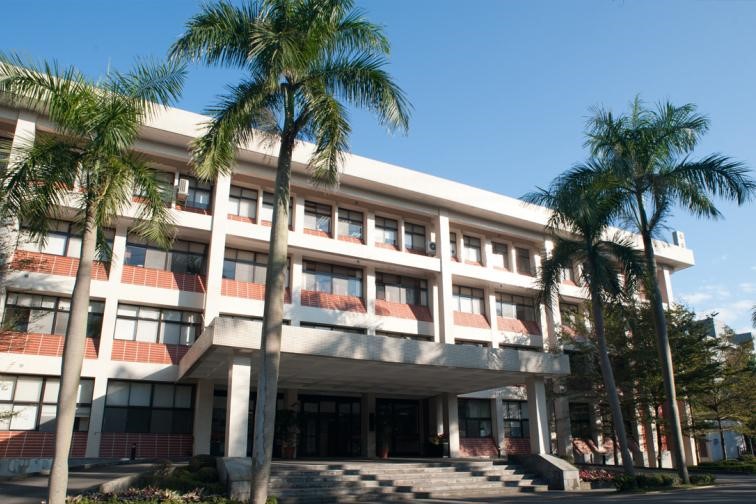Date: 2024-06-07
Certain insects, like beetles and butterflies, can undergo massive tissue replacement during their development, a transformation process considered unique to insects. Compared to insects, vertebrates exhibit relatively limited changes in appearance during post-embryonic development. Nonetheless, at the cellular level, whether similar drastic changes occur akin to those observed in insect development remains an unexplored research topic. Dr. Chen-Hui Chen and his team at the Institute of Cellular and Organismic Biology (ICOB) created the palmuscle myofiber tagging and tracking system for in toto monitoring of the growth and fates of ~5000 fast myofibers in developing zebrafish larvae. They found that zebrafish, as a vertebrate model, can similarly undergo complete muscle elimination and replacement during post-embryonic development. Due to limitations in research tools, past studies on vertebrate muscle cells have primarily focused on cell culture models or histological investigations. This study may represent the first instance of simultaneously and continuously observing all muscle cells within an individual at both the organismal and cellular levels. This study finding challenges the current understanding of vertebrate development. This unexpected finding was published in June this year in the EMBO Journal. The first author, Uday Kumar, is affiliated with the Taiwan International Graduate Program, jointly administered by Academia Sinica and National Chung-Hsing University. Other team members include Chun-Yi Fang, Hsiao-Yuh Roan, Shao-Chun Hsu, Chung-Han Wang, and Chen-Hui Chen. This study is supported by funding from the Institute of Cellular and Organismic Biology and grants from Academia Sinica to C.-H.C. (AS-CDA-109-L03 and AS-GCS-112-L01); and grants from National Science and Technology Council, Taiwan, to C.-H.C. (NSTC 110-2628-B-001-016, and NSTC 111-2628-B-001-026).
-
Link









 Home
Home


